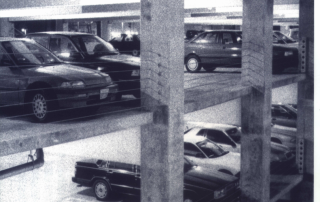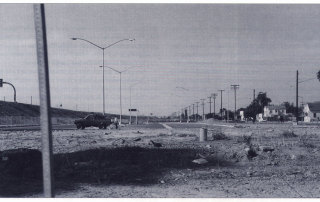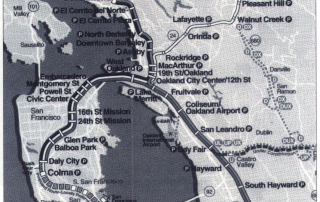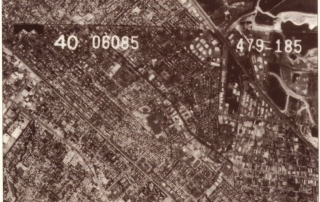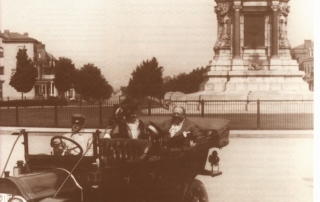Travel By Design?
Randall Crane
Over the past few decades, most questions about land use/transportation linkages have dealt with the influence of transportation infrastructure on development patterns. Analysts have examined how highways and mass transit contribute to urban sprawl, how they affect the local balance of jobs and housing, or how they affect population density. There also exists a long, if less traveled, history of viewing these linkages from the opposite direction: examining how land use influences urban travel.



